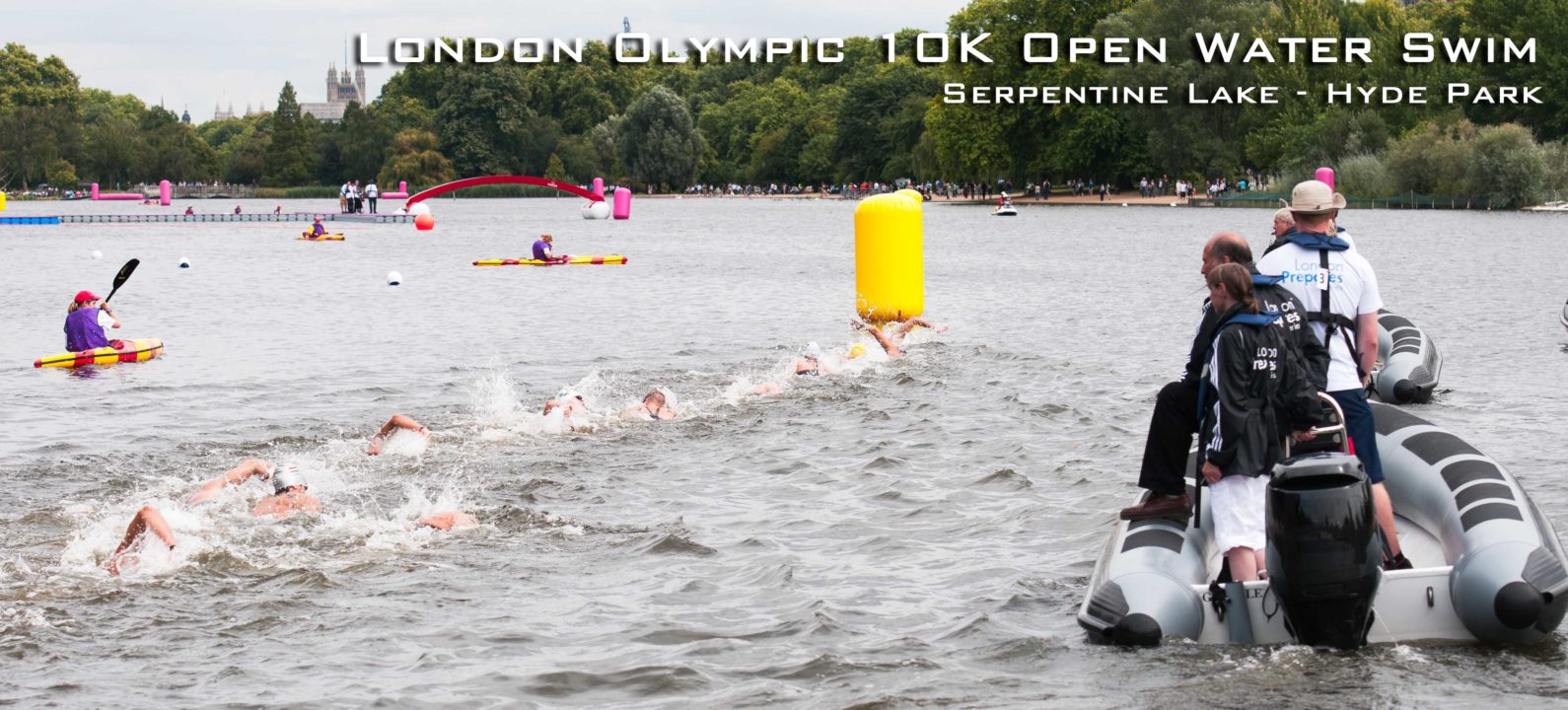The start: when the gun fires expect the swimmers to bust out in high gear. The first part of most open water races is a bit fast as swimmers work to find their rhythm and position in the pack. But, it’s the Olympics and their psyched. It’s Hyde Park and the crowds will be loud. But the first buoy is relatively close so many will be trying to set themselves up for that first turn.
Speaking of turns, this is a tight course and that means their will likely be more contact in the pack. This creates challenges for both the athletes and the officials. Incidental contact is cool, but intentional contact can lead to a warning (yellow flag) up to disqualification. It’s going to be important that
the officials are able to clearly distinguish between these two forms of contact which aren’t always apparent in bigger packs. For the athletes, beyond taking a hit to the goggle or worse, it’s keeping a cool head during the contact that matters. For anyone who’s swam in a pool with someone on your feet you know what I’m talking about – it’s annoying. But it’s common in open water and the athletes have to understand that there’s going to be contact. If frustration takes over it can cause retaliation which can lead to disqualification. But more importantly getting bent out of shape wastes energy and focus. These swimmers are going to need every ounce of focus to make it to the podium.
So, if an athlete can take it out fast and get to the first turns first they’ve got it made right? We’ll not really. This is a very long race – the first 2 to 3 minutes is important but it’s going to be plus or minus two hours for these swimmers. This is where strategy again comes into play. Breaking away can crush your competitors both physically and psychologically but at what point to try and do this? This is a huge question; break to soon and you may bonk, break too late and lose your advantage. It’s more likely the field will go out strong and solid pack will start to form on the first lap (each lap is 1.67 km). More experienced and confident competitors won’t necessarily vie for the top spot but find a place in the pack to draft. This is exactly what American open water veteran Andrew Gemmell did this year’s USA Open Water nationals. He didn’t lead but was always in the lead pack and it wasn’t until the last lap that he put the hammer down to broke away and win. There are a lot of parallels between road cycling strategies and open water swimming. It will be fun to keep on eye on the open water veterans and watch how they employ various strategies.
In these Olympic 10K’s, expect to see a fast race from the start and lots of strategic moves throughout the race. If you think a nearly two hour race is boring – just watch closely and you’ll be impressed.
I’ll have more about the open water races tomorrow. Swimming’s not over yet in these London Olympics!
You’ll be able to watch these live on NBC’s Olympic site (if you’re a cable subscriber in the US) and BBC (if you’ve got the right DNS permissions on your internet connection)
You can also check out more about the 10K race on the official London Olympics web site.



My son was like that for quite some time, but eventually he got up the nerve to jump in the pool. For the rcreod, by the time he finished his lessons, he was doing a beautiful backstroke. 🙂